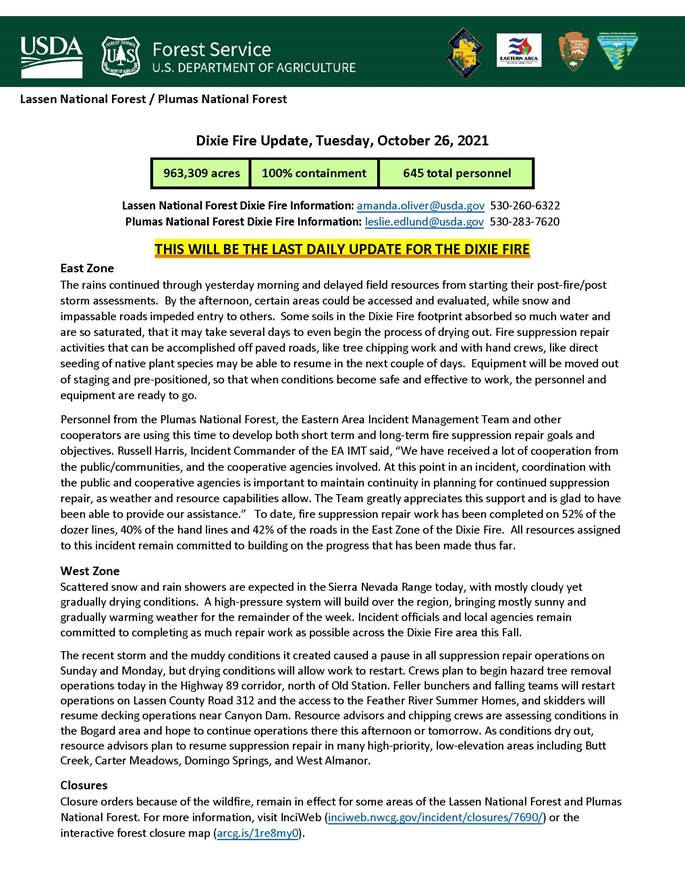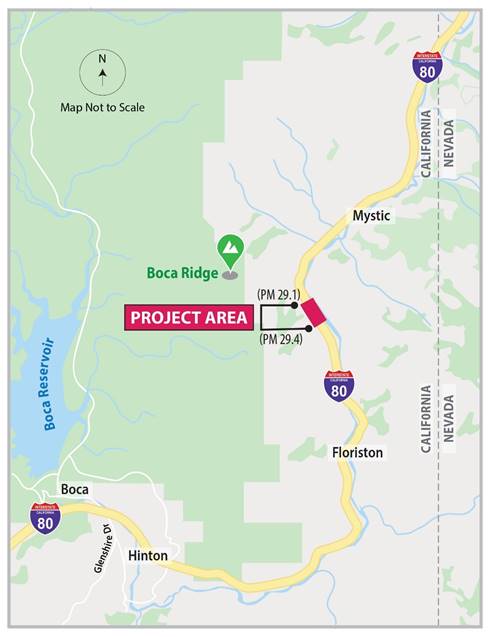Quincy, CA – Plumas National Forest wildlife crewmember Abby Marshall is asking the community for help by sharing their knowledge of local elk populations. This information will assist the Forest in their efforts to restore and improve elk habitat management.
“I’m creating a monitoring plan to identify important elk calving areas and habitat on the Plumas National Forest as part of my graduate work at Oregon State University (OSU). I’m hoping to get photographs and locations of elk collected by members of the public that will help us better understand areas important to the elk,” said Marshall. “Photographs that include calves are particularly helpful, as they can help us identify areas to survey and better manage important calving areas.”
Marshall is generally focusing on the area north of Highway 70 and west of Frenchman Lake although information from anywhere within the Plumas National Forest is helpful.
Within recent history, elk on the Plumas National Forest have been relatively novel and a small population has only become established since the early 2000s. Elk are large and require quite a lot of resources, but they are also highly elusive and difficult to study here. Absent current local information, it is challenging to manage the landscape for elk or other animals that interact directly or indirectly with them.
Photos and other information may be emailed to: [email protected]. It would be most helpful if people identify the area where the photo was taken to smallest scale they are willing to provide; GPS coordinates are best, but Township Range and Section or even geographic area (for example, “within the Coyote Hills”) can assist Marshall (she understands some folks may be unwilling to share exact locations).
For more information about this project please contact Abby Marshall at the Beckwourth Ranger District (530) 836-2575.
“I’m creating a monitoring plan to identify important elk calving areas and habitat on the Plumas National Forest as part of my graduate work at Oregon State University (OSU). I’m hoping to get photographs and locations of elk collected by members of the public that will help us better understand areas important to the elk,” said Marshall. “Photographs that include calves are particularly helpful, as they can help us identify areas to survey and better manage important calving areas.”
Marshall is generally focusing on the area north of Highway 70 and west of Frenchman Lake although information from anywhere within the Plumas National Forest is helpful.
Within recent history, elk on the Plumas National Forest have been relatively novel and a small population has only become established since the early 2000s. Elk are large and require quite a lot of resources, but they are also highly elusive and difficult to study here. Absent current local information, it is challenging to manage the landscape for elk or other animals that interact directly or indirectly with them.
Photos and other information may be emailed to: [email protected]. It would be most helpful if people identify the area where the photo was taken to smallest scale they are willing to provide; GPS coordinates are best, but Township Range and Section or even geographic area (for example, “within the Coyote Hills”) can assist Marshall (she understands some folks may be unwilling to share exact locations).
For more information about this project please contact Abby Marshall at the Beckwourth Ranger District (530) 836-2575.
Marshall is a graduate student focusing on wildlife management within her Natural Resources Master’s program at OSU. Marshall is a Plumas County native (Cromberg and Portola) and current resident. She is also the reigning Women’s World Champion for the Longboard Races held at Johnsville Ski Hill.
There is a remarkable size different between deer and elk. But elk also tend to have a dark brown head and neck, medium-to-light brown body, and large white/cream colored rump. The white rump for elk extends up their back above the start of their tail and the tail itself is also white. Deer are more uniformly light brown but they have white rumps that start below the tail.


